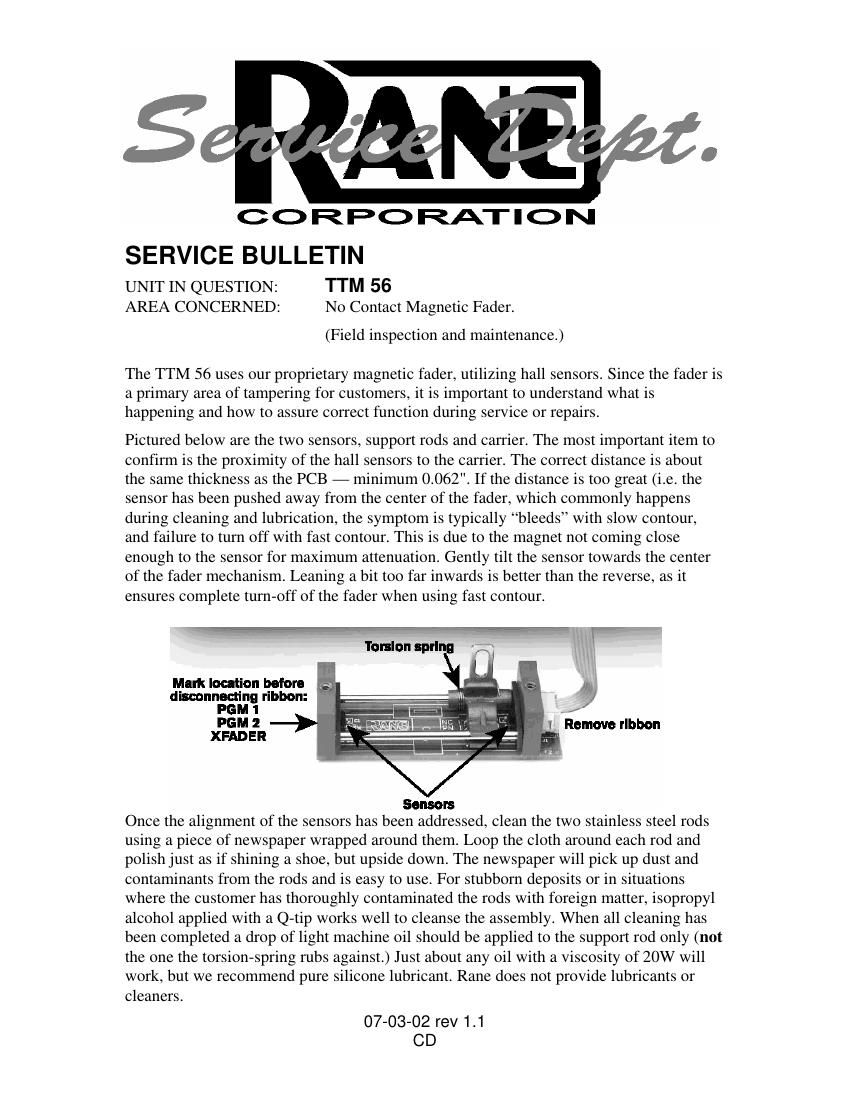Rane TTM 56 Mixer Schematics
This is the 7 pages manual for rane TTM 56 Mixer Schematics.
Read or download the pdf for free. If you want to contribute, please upload pdfs to audioservicemanuals.wetransfer.com.
Page: 1 / 7
